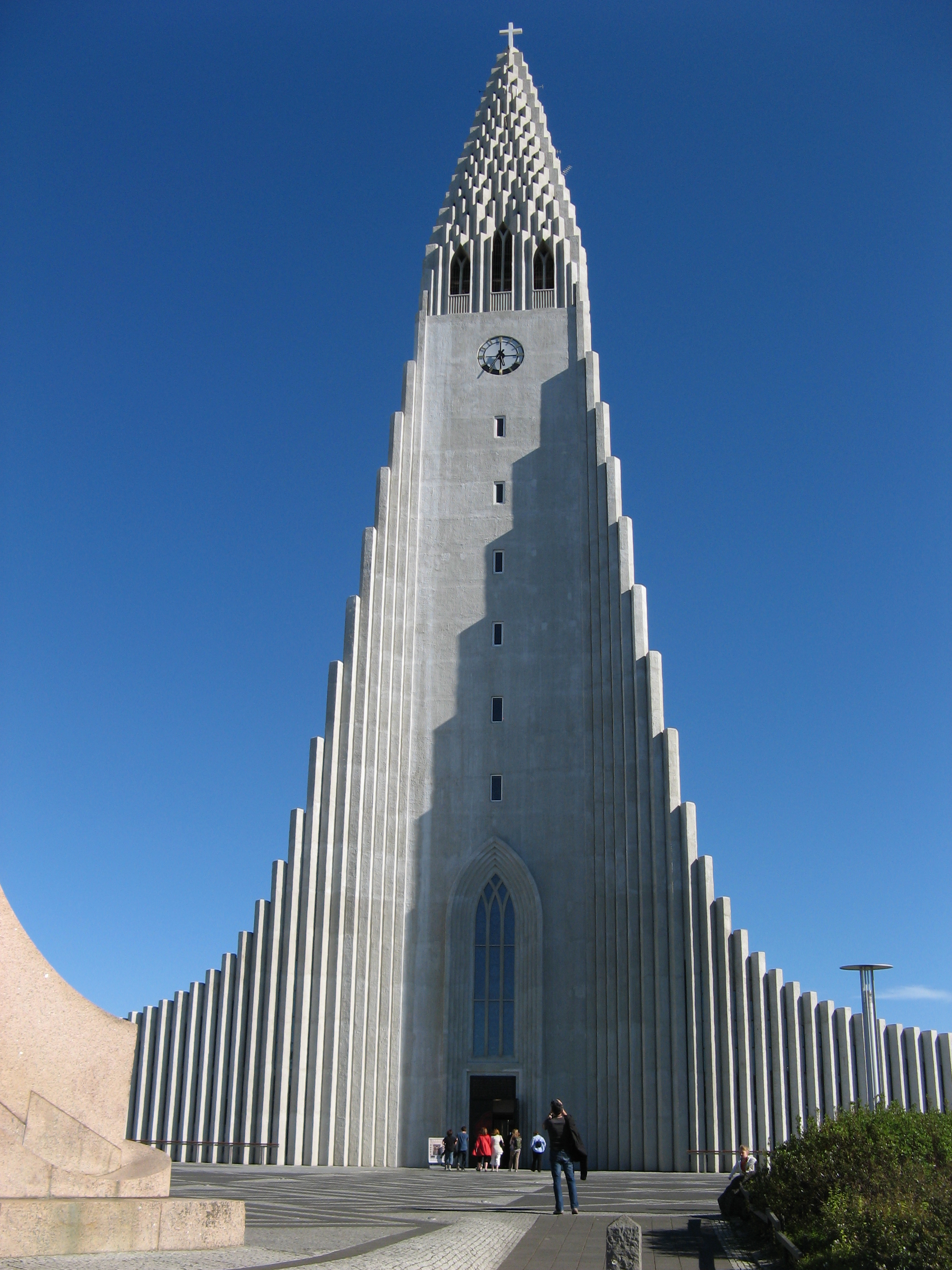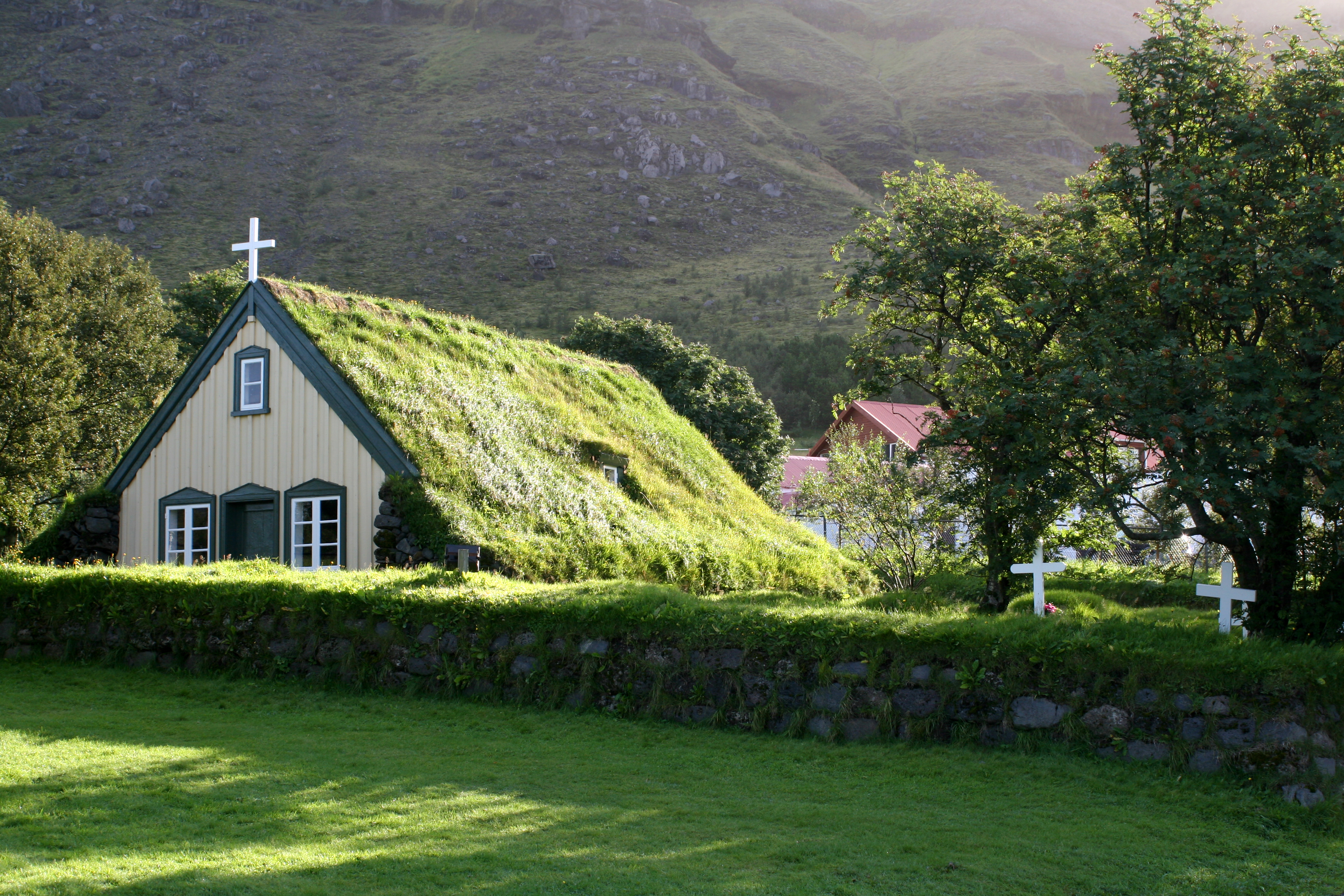|
Protestantism In Iceland
Religion in Iceland has been predominantly Christian since the adoption of Christianity as the state religion by the Althing under the influence of Olaf Tryggvason, the king of Norway, in 999/1000 CE. Before that, between the 9th and 10th century, the prevailing religion among the early Icelanders (mostly Norwegian settlers fleeing Harald Fairhair's monarchical centralisation in 872–930) was the northern Germanic religion, which persisted for centuries even after the official Christianisation of the state. Starting in the 1530s, Iceland, originally Catholic and under the Danish crown, formally switched to Lutheranism with the Icelandic Reformation, which culminated in 1550. The Lutheran Church of Iceland has remained since then the country's state church. Freedom of religion has been granted to the Icelanders since 1874. The Church of Iceland is supported by the government, but all registered religions receive support from a church tax (''sóknargjald'') paid by taxpayer ... [...More Info...] [...Related Items...] OR: [Wikipedia] [Google] [Baidu] |
Church Of Iceland
The Evangelical Lutheran Church of Iceland ( is, Hin evangelíska lúterska kirkja), also called the National Church ( is, Þjóðkirkjan), is the officially established Christian church in Iceland. The church professes the Lutheran faith and is a member of the Lutheran World Federation, the Porvoo Communion, the Communion of Protestant Churches in Europe and the World Council of Churches. The church is organised as a single diocese headed by the Bishop of Iceland. The current bishop is Agnes M. Sigurðardóttir, the first woman to hold this position. The church also has two suffragan sees, Skálholt and Hólar, whose bishops are suffragans or assistant bishops to the Bishop of Iceland; unusually, each has a cathedral church despite not being in a separate diocese. History Pre-Christian era and the adoption of Christianity Christianity was present from the beginning of human habitation in Iceland. The first people setting foot on Icelandic soil were Chalcedonian Irish ... [...More Info...] [...Related Items...] OR: [Wikipedia] [Google] [Baidu] |
Harald Fairhair
Harald Fairhair no, Harald hårfagreModern Icelandic: ( – ) was a Norwegian king. According to traditions current in Norway and Iceland in the eleventh and twelfth centuries, he reigned from 872 to 930 and was the first King of Norway. Supposedly, two of his sons, Eric Bloodaxe and Haakon the Good, succeeded Harald to become kings after his death. Much of Harald's biography is uncertain. A couple of praise poems by his court poet Þorbjörn Hornklofi survive in fragments, but the extant accounts of his life come from sagas set down in writing around three centuries after his lifetime. His life is described in several of the Kings' sagas, none of them older than the twelfth century. Their accounts of Harald and his life differ on many points, but it is clear that in the twelfth and thirteenth centuries Harald was regarded as having unified Norway into one kingdom. Since the nineteenth century, when Norway was in a personal union with Sweden, Harald has become ... [...More Info...] [...Related Items...] OR: [Wikipedia] [Google] [Baidu] |
Registers Iceland
Registers Iceland ( is, Þjóðskrá Íslands) is the main official civil registry for the nation of Iceland Iceland ( is, Ísland; ) is a Nordic island country in the North Atlantic Ocean and in the Arctic Ocean. Iceland is the most sparsely populated country in Europe. Iceland's capital and largest city is Reykjavík, which (along with its .... It was formed in 2010 with the merger of Þjóðskrá and Fasteignaskrá Íslands. References External links Official website * Civil registries Government agencies of Iceland {{Iceland-stub ... [...More Info...] [...Related Items...] OR: [Wikipedia] [Google] [Baidu] |
Baháʼí Faith
The Baháʼí Faith is a religion founded in the 19th century that teaches the essential worth of all religions and the unity of all people. Established by Baháʼu'lláh in the 19th century, it initially developed in Iran and parts of the Middle East, where it has faced ongoing persecution since its inception. The religion is estimated to have 5–8 million adherents, known as Baháʼís, spread throughout most of the world's countries and territories. The Baháʼí Faith has three central figures: the Báb (1819–1850), considered a herald who taught his followers that God would soon send a prophet similar to Jesus or Muhammad; the Báb was executed by Iranian authorities in 1850; Baháʼu'lláh (1817–1892), who claimed to be that prophet in 1863 and faced exile and imprisonment for most of his life; and his son, ʻAbdu'l-Bahá (1844–1921), who was released from confinement in 1908 and made teaching trips to Europe and the United States. After ʻAbdu'l-Bahá's de ... [...More Info...] [...Related Items...] OR: [Wikipedia] [Google] [Baidu] |



